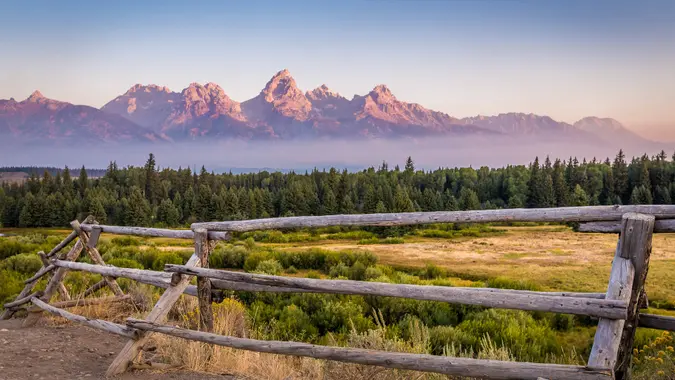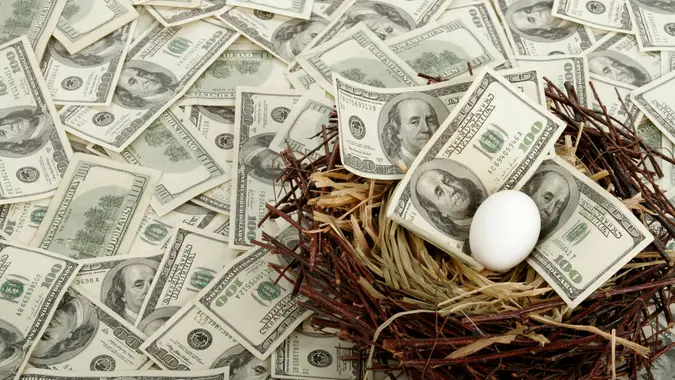This Is the One Place You Can’t Retire, Unless You Have $2 Million

Commitment to Our Readers
GOBankingRates' editorial team is committed to bringing you unbiased reviews and information. We use data-driven methodologies to evaluate financial products and services - our reviews and ratings are not influenced by advertisers. You can read more about our editorial guidelines and our products and services review methodology.

20 Years
Helping You Live Richer

Reviewed
by Experts

Trusted by
Millions of Readers
For many Americans, retirement is the light at the end of the long career tunnel — a reward for decades of hard work and a chance to finally relax and enjoy life without the constraints of a job. But achieving a comfortable retirement requires significant savings, especially if you have your sights set on spending your golden years in an island paradise like Hawaii.
In a recent analysis by GOBankingRates, we calculated the retirement costs for each state — doing so by analyzing the average annual expenditures for those 65 and older across major spending categories like housing, food, utilities, transportation, and healthcare. For the purposes of this study, Social Security payments were excluded. The average annual Social Security payment is $21,566.76, based on the most recent information provided by the Social Security Administration.
West Virginia is the most affordable at just $692,354 for 25 years of retirement, or $49,261 per year. Much of the South and Midwest offers relatively low costs as well, making those potential sweet spots for retirees on tighter budgets.
On the other end of the spectrum are Massachusetts at $85,571 per year, California at $78,864 per year, and New York at $73,140 per year.
Retiring In Hawaii Not For the Faint of Financial Heart
But retiring in Hawaii requires a staggering minimum $2,051,077 in savings, at an average rate of expenditure of $103,610 a year for 25 years. For a 30-year retirement, that figure balloons to over $2.4 million. These totals are by far the highest in the nation.
The dream of swaying in a Hawaiian hammock may have to remain just that — a dream — for anyone without a multi-million dollar nest egg. But what makes the Aloha State so expensive for retirees?
Hawaii’s idyllic island setting is a key driver behind its exorbitant costs across several of these areas.
Hawaii’s isolated geography means higher prices for everyday goods due to shipping costs. Groceries, utilities, gas, and other essentials all come at a premium on the islands compared to most states.
So for the majority of mainlanders, settling down for retirement in a Hawaiian paradise may unfortunately be out of reach unless you’ve been extremely diligent about squirreling away savings over the years.
Saving Now For Retirement Is Non-Negotiable
No matter where you hope to spend your retirement, these estimates highlight the necessity of diligent planning and saving from an early age. Contributing regularly to tax-advantaged accounts like 401(k)s and IRAs, reducing expenses where possible, and having a prudent investment strategy are all key.
While the $2 million price tag for retiring in Hawaii may seem beyond reasonable reach, there’s no need to completely abandon your tropical retirement daydreams. Considering an extended vacation home or renting for part of each year could make this slice of paradise more affordable. Or you could always just stick to the occasional visit — those Hawaiian sunsets will still be breathtaking, even if just for a week or two.
 Written by
Written by  Edited by
Edited by 

























